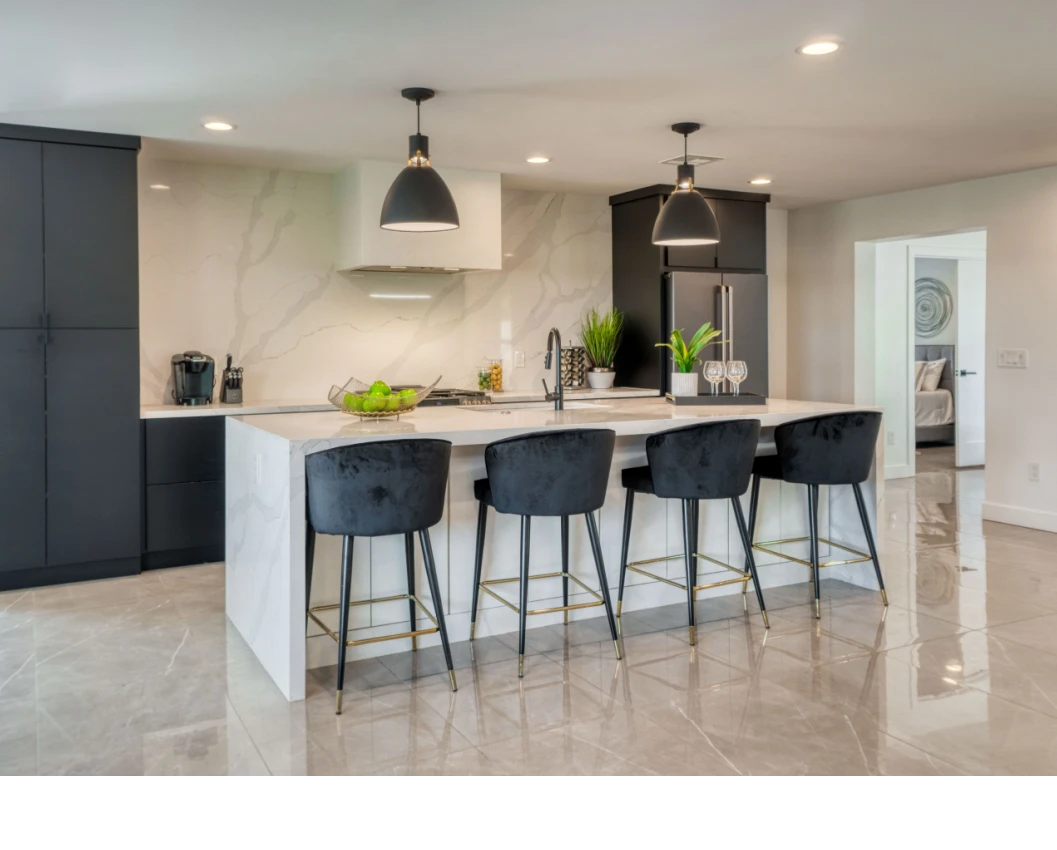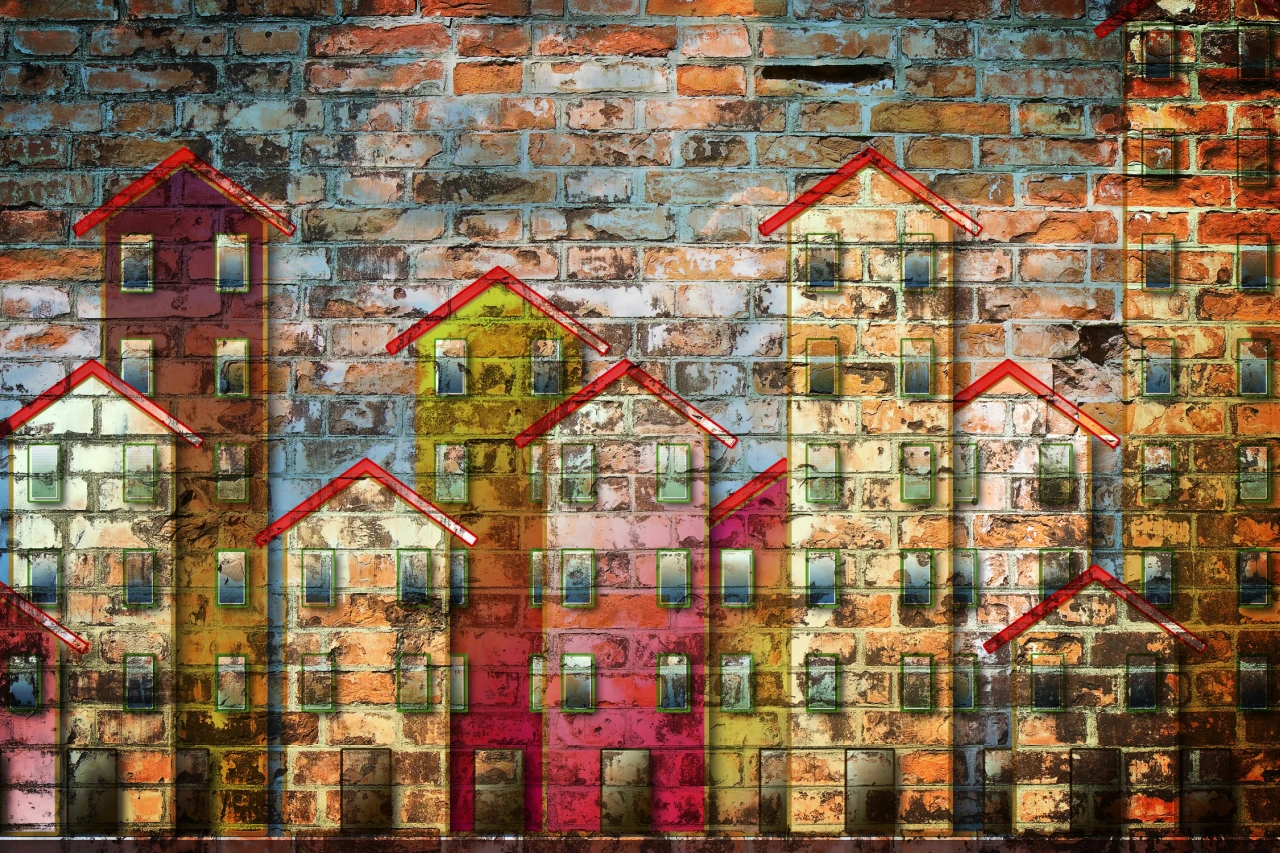Energy-Saving Upgrades for a Smarter and Healthier Building
Partnering with a local utility provider can help increase energy efficiency, streamline operations, and reduce resident turnover.
While amenities have been a popular way to attract prospective residents of multifamily properties, some of today’s most important features, including those focused on health, energy efficiency, and proptech, can make all the difference.
And there is a huge opportunity to meet these growing resident demands. According to the American Council for an Energy-Efficient Economy, the potential exists to improve the energy efficiency of U.S. multifamily properties by 15% to 20% and save $3.4 billion in utility costs.
Save Energy and Reduce a Property’s Carbon Footprint
 According to the 2022 National Multifamily Housing Council/Grace Hill Renter Preferences Survey Report, about 2 out of 3 renters say smart thermostats and water-saving systems are essential, and that energy-efficient appliances, enhanced indoor air quality, and healthy building certifications sway their decisions to lease.
According to the 2022 National Multifamily Housing Council/Grace Hill Renter Preferences Survey Report, about 2 out of 3 renters say smart thermostats and water-saving systems are essential, and that energy-efficient appliances, enhanced indoor air quality, and healthy building certifications sway their decisions to lease.
Keeping up with these growing demands from residents for sustainable and proptech solutions can be tough, especially when budgets are slim and buildings are older. However, there are helpful programs, rebates, and energy assessments offered from local clean energy providers like National Grid.
With programs and incentives designed for property managers to meet the needs of air sealing, LED lighting, Wi-Fi thermostats, heat pumps, low-flow showerheads, and more, National Grid helps their customers transform buildings into smarter, lower energy-consuming high-occupancy properties.
For example, Selah Realty wanted to reduce the natural gas consumption for water heating at a multifamily dwelling in Brooklyn, New York. With the help from National Grid’s Direct Install program, they installed low-flow showerheads, faucet aerators, and thermostatic radiator valves, and reduced use by up to 30% with an annual estimated savings of 16%.
Improve Resident Experience
The worry about how a home can negatively affect health is real, with 54% of renter households reporting concerns about indoor air quality, according to Harvard Joint Center for Housing Studies-The Farnsworth Group Healthy Homes Surveys. (And this concern isn’t just because of the COVID-19 pandemic, as indoor air quality was the greatest area of concern in the group’s 2018 survey.)
In addition, nearly 2 out of 3 Gen Z renters say apartment technology—smart locks, solar-powered systems, smart thermostats—is extremely important, according to ButterflyMX. Plus, 40% say they won’t rent a property if it doesn’t have green practices, according to MRI Software.
Streamline Property Operations
Years ago, Fannie Mae released a study that showed efficient properties spent an average of $165,000 less in annual energy costs, and that median energy use was higher when owners paid for all energy costs. With the recent rise in fuel costs, those numbers haven’t improved for property owners. And, just in the two years from 2020 to 2022, total operating expenses have increased 13% for multifamily properties.
Need a Lease Agreement?
Access 150+ state-specific legal landlord forms, including a lease.
With so much pressure to upgrade to smart systems, budgets are strapped for many. By taking advantage of energy assessments and rebates from a local utility provider like National Grid, not only will the future annual energy consumption be reduced, property management staff can save time—another crucial competitive advantage.
Any extra time that property managers can spend on residents may be the best way to retain them, with a great property manager being the biggest reason why renters renew leases. According to an AppFolio report, 57% report it’s the main reason why they would renew. Plus, 2 out of 3 potential renters say that the property manager’s reputation is important when evaluating a potential property.
By delivering the desired proptech, energy-efficient, and health-focused amenities—and taking the time to connect with those residents—multifamily property managers will be in a stronger competitive position to attract and retain their residents in the future.
Source: Multifamily Executive















 Accessibility
Accessibility